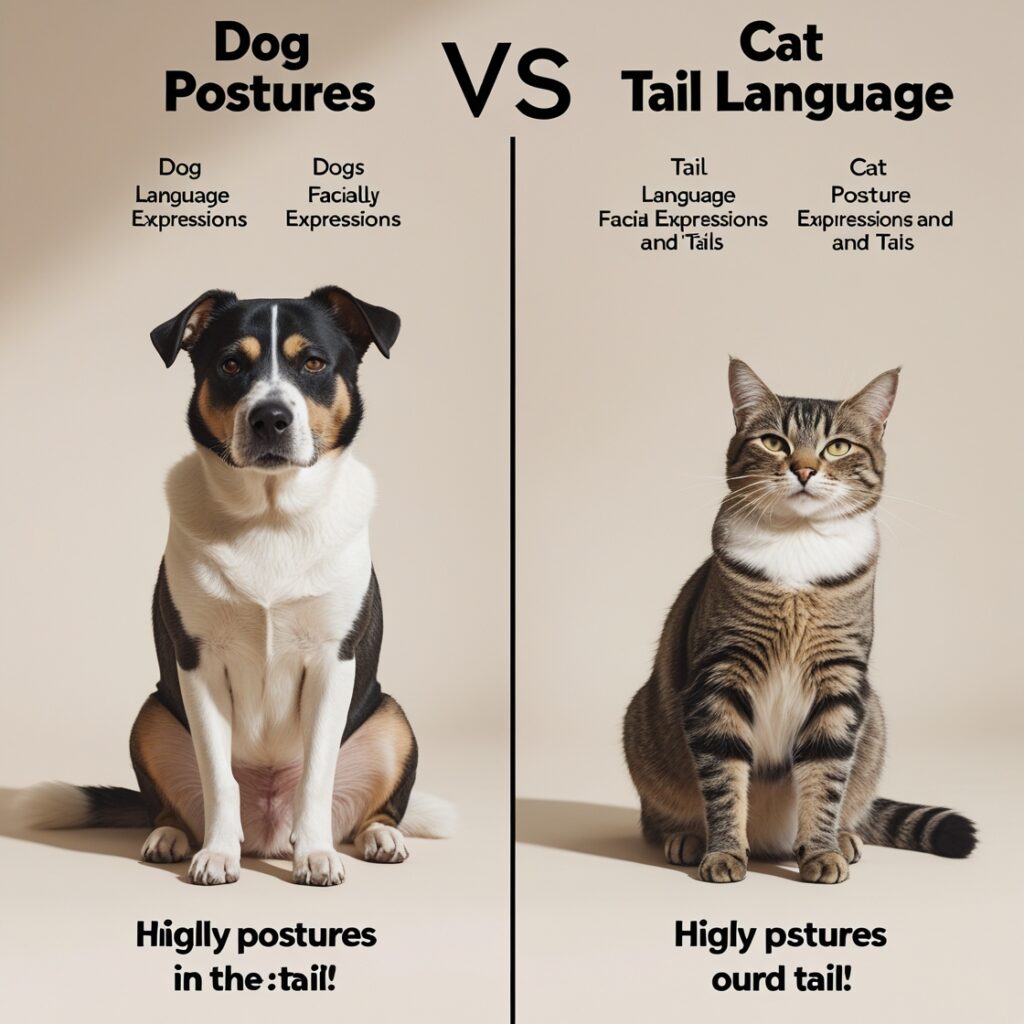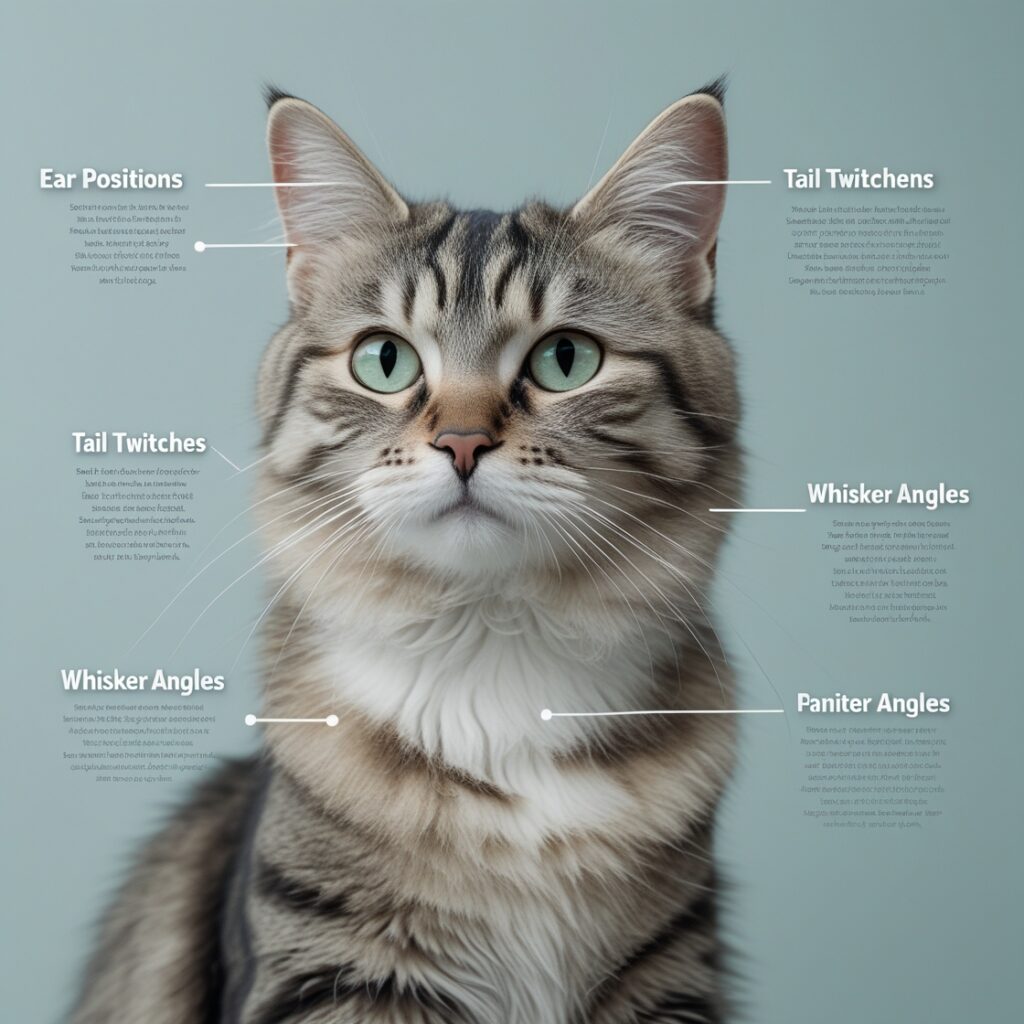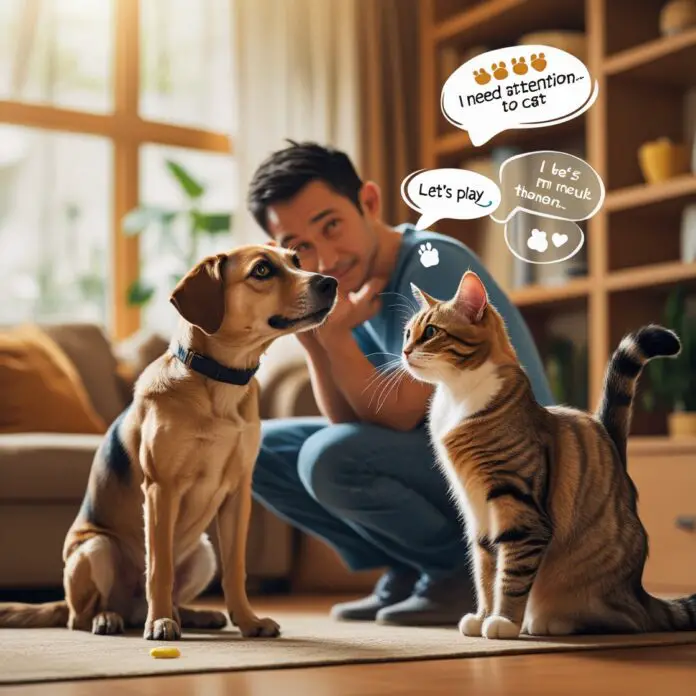Our pets can’t speak our language, although this does not imply that they do not attempt to do so. Every word of a tail, ear movement, or purr has a meaning. A pet’s behavior understanding is a crucial skill for every loyal pet owner. The task assist us to satisfy our pets’ emotional and physical requirements, strengthen the link, and create a safe and loving atmosphere. In the course of this article, we will decipher what your dog or cat actually wants to say through his/her behavior.
The Basics of Understanding Pet Behavior
Animals communicate primarily through body language and vocalizations. While some of the signs are common among dogs and cats, each species has its own special behaviors.
The Role of Body Language
Dogs and cats use body language to show emotions. The position of the tail, ear movements, the general posture, and facial expressions are all signs that indicate the mood of the pet. By being able to read these details, we understand better how they feel.

Context Matters
One strongly advocated thing in the understanding of the animal world is contextual information. A wagging tail could picture happiness, but at the same time, it can also trigger the feeling of being worried or aroused, it just depends on the particular situation.
What Is Your Dog Telling You?
Signs of Happiness and Trust
- Tail wagging: A loose wide wag declared of a contented dog, but a fast and high wag could be an oversending signal.
- Play bow: Put your dog in a playful mood by simply making him show his front legs forward and rear upwards.
- Relaxed posture: Lack of tension, soft eyes, and a relaxed tail hangs low all signify the dog of well-being.
Signs of Stress or Anxiety
- Yawning: It is a sign of relief, particularly when a dog is in an unfamiliar or high-anxiety situation.
- Lip licking or turning head: The dog is uncomfortable or wishes to avoid confrontation.
- Panting (without exercise): This is an indication of fear or nervousness.

Aggression and Fear
- Growling: This is a signal that should not be taken lightly at all.
- Raised hackles: If a dog is angry, excited, or fearful, the hair on its back will stand up.
- Avoidance: Your dog is not in the mood for any social interaction or he fears something if he is either not coming closer or hiding.
Vocalizations
- Whining: It is a clear sign of discomfort, loneliness or anxiety.
- Barking: It might be a way for dogs to release their built up but can also mean that they are alarmed, happy, or even feel bored. The manner and number will matter more than anything else.
What Is Your Cat Telling You?
Cats are usually not expressive in their communication like dogs, but that doesn’t mean they don’t express themselves as much when you are able to decode.
Signs of Contentment
- Purring: Usually, it is a sign of being at ease, but then cats may also purr a lot when in pain as a self-induced soothing remedy.
- Kneading: It is a sign the cat is having a great time and it is also a way to help it feel relaxed, because when cats do so, they are returning to the act of nursing from their mothers.
- Slow blinking: It is when a cat slowly blinks that we could understand it for saying “I am at ease with you.”.

Signs of Irritation or Discomfort
- Tail flicking: A clear indication that a cat is either in a bad mood or is overstimulated.
- Ears flattened: It is a cat behavior caused by fear or anger.
- Dilated pupils: They could show the cat’s emotional state of either being unsure due to fear, or happy and agitated due to excitement.
Aggressive or Defensive Behaviors
- Hissing or growling: It’s a sign that you are not welcome, so better to be aware of the situation and step away.
- Arched back and puffed tail: The cat takes such a position in response to the act of being provoked or threatened.
- Swatting or biting: The act of swatting or biting from the cat might be a result of being overstimulated or a ploy to show its territorial nature
Litter Box Clues
Alterations in the manner of using the litter box, for example, urinating outside the box, might be a sign of stress, illness, or a dislike for the litter or box location.

Improving Pet Communication
1. Positive Reinforcement
Training methods supported by incentive material are operative and at the same time they result in the pet’s repetitions of the expected conduct. The usage of treats, approval, and toys all indeed create the atmosphere of peace and friendliness.
2. Consistent Routines
Whether dogs or cats, they have the habit of living on the schedule. When one does not change the daily routine of one’s pets, the pets like the predictability that leads to a decrease in anxiety and a sense of security in their place.
3. Mindful Interaction
Firstly and foremost, don’t miss the marks of your pet’s behavior during your time being with him. Pay attention to every act, everything even if the pet tries to turn away during petting, it’s a signal from the pet it’s time to stop.
4. Avoid Punishment
Yelling or physical punishment can’t be a way to teach an individual what to do. The only thing this kind does is make the person afraid. So, if you meet such a situation change the behavior by using some gentle training techniques or just redirect the individual.
5. Socialization
By slow and gentle exposure to different shades, sounds, and experiences, you will make your pet feel more confident and strengthen their adaptive skill while adapting to changes in their environment.

When to Seek Help
If you observe sudden alterations in behavior in your pet, you can consider that as an indication of an issue regarding the animal’s health. If the pet is still showing consistent aggressive behavior, persistently overly hiding away, always grooming itself, or showing signs of withdrawal, you may want to get in contact with a vet or animal behaviorist.
For aggressive animals only? No, the pros will help in case of separation anxiety, excessive barking or meowing, and even house-training issues.
Final Thoughts
Understanding pet behavior is about beyond just recognizing the symptoms of stress or joy; it’s about giving a hand of communication between yourself and your pet. When we really listen to our pets, we make our home a secure, listened to, and loved place. Whether your dog is energetic or your cat is quiet, your ability to understand their behavior is the one to provide them with the life they deserve.



